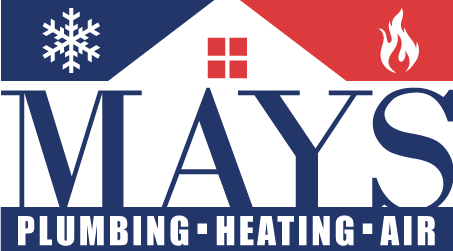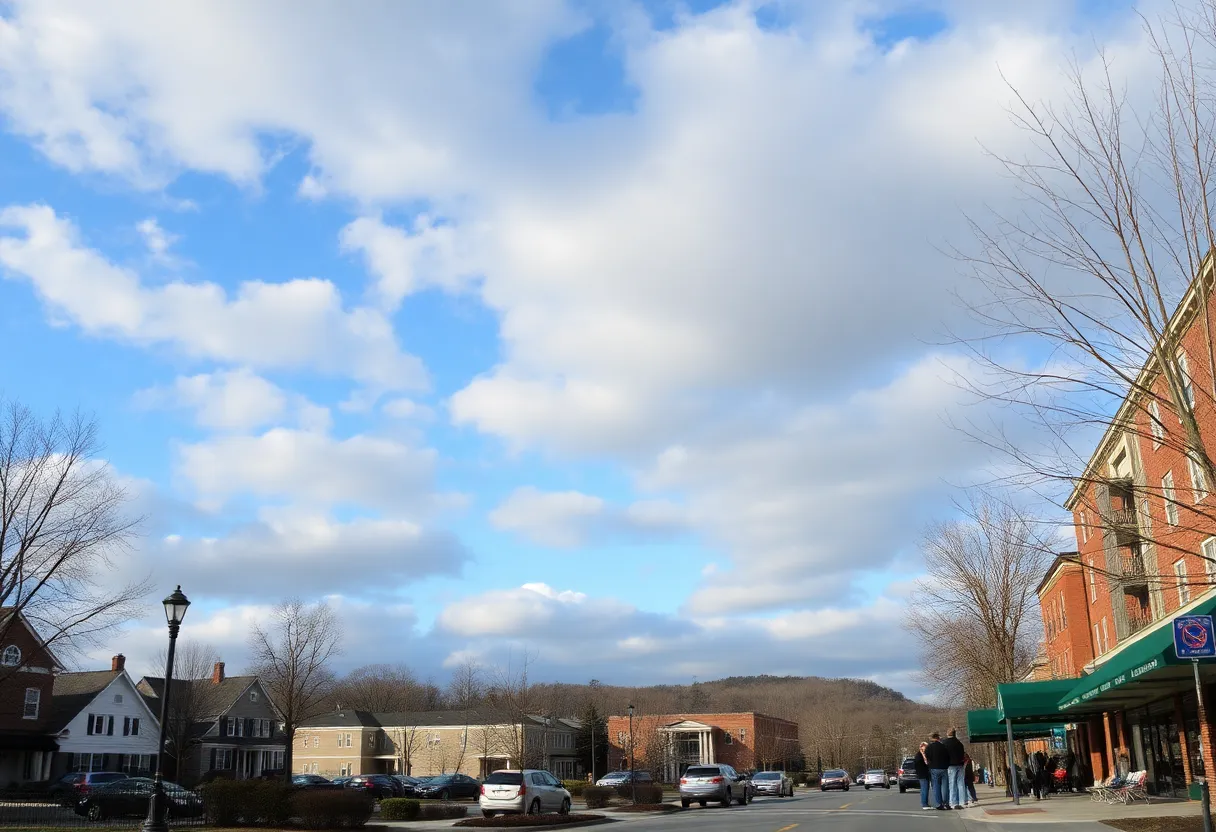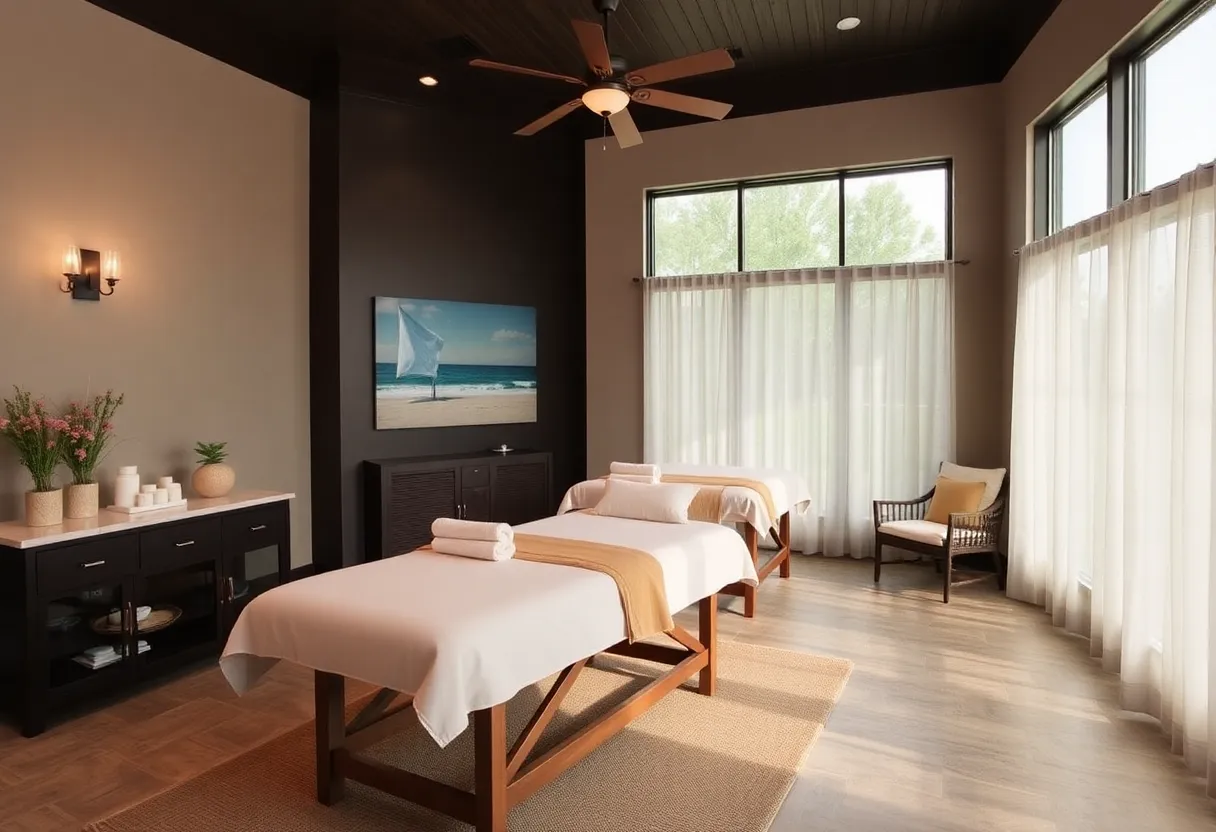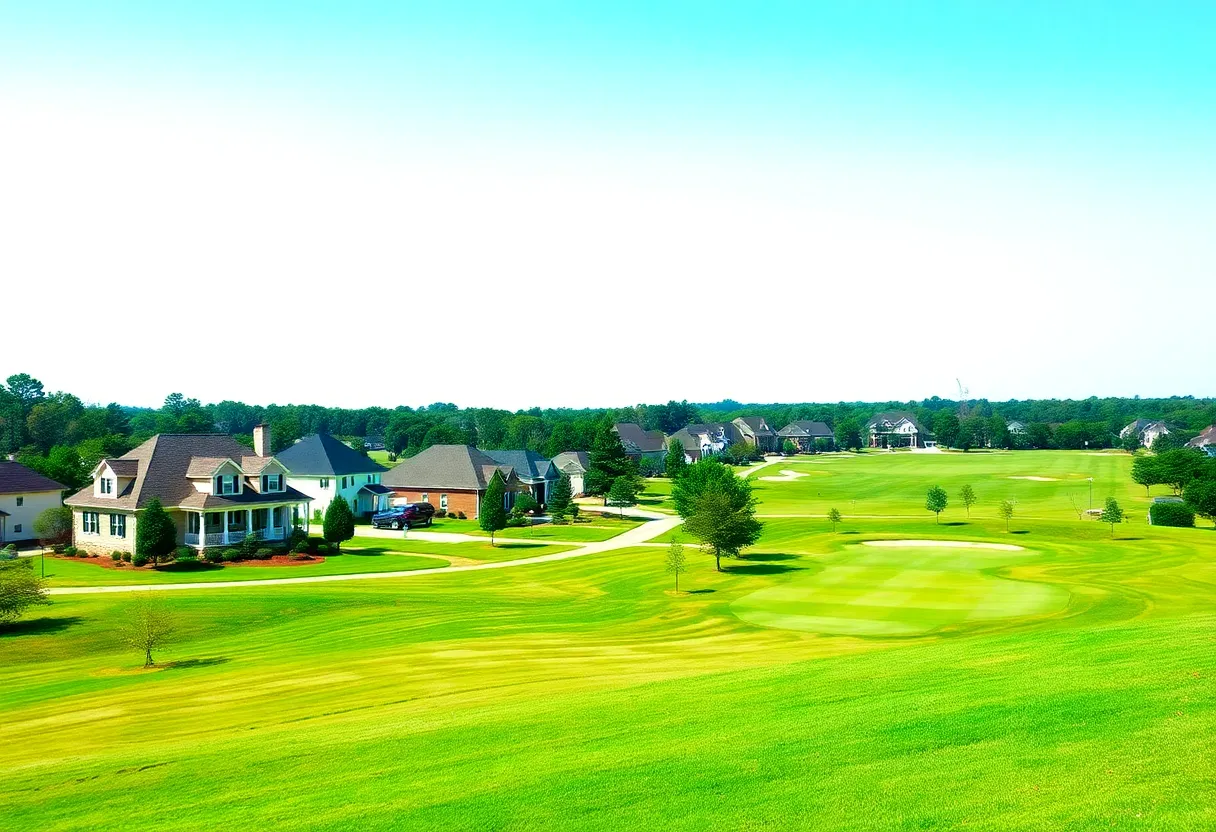How to Choose the Right Roof Design for Maximal Summer Heat Reflection
The Importance of Roof Design in Energy Efficiency
As summer heat rises, the choice of roof design becomes crucial for maintaining indoor comfort while minimizing energy costs. A well-designed roof plays a pivotal role in reflecting sunlight, thus reducing heat absorption. This not only helps in cooling the interior of a building but also prolongs the lifespan of roofing materials.
Factors Influencing Roof Design
When selecting a roof design that maximizes heat reflection, several factors must be considered.
1. Roof Color
The color of a roof has a direct impact on its ability to reflect solar heat. Lighter colors, such as white, light gray, and beige, tend to reflect more sunlight compared to darker colors. According to studies, a white roof can reflect up to 90% of sunlight, whereas a dark roof may only reflect 20% to 30%.
2. Material Selection
Choosing the right roofing material can significantly affect heat reflection. Some materials include:
- Metal roofing: Often coated with reflective materials, metal roofs can reflect up to 70% of solar energy.
- Clay and concrete tiles: These materials offer good thermal performance and can have reflective coatings to enhance their heat-reflective properties.
- Built-Up Roofing (BUR): Composed of multiple layers, BUR can incorporate reflective granules or coatings.
3. Roof Angle and Slope
The pitch of the roof affects how much sun exposure it receives. A steeper slope can help in better rain runoff and potentially greater heat reflection. However, in very hot climates, a flat roof with appropriate reflective coatings can also be effective.
Types of Roof Designs for Optimal Heat Reflection
Several roof designs effectively reflect summer heat. These include:
1. Flat Roofs
Flat roofs are practical in commercial buildings and residential structures. They can be coated with reflective materials or painted with light colors to minimize heat absorption. Additionally, flat roofs allow for rooftop gardens, which can further improve insulation and heat reflection.
2. Sloped Roofs
Sloped roofs, such as gable or hip roofs, are common in residential architecture. Their angles can be adjusted to optimize sun exposure and natural ventilation. Using light-colored shingles or reflective tiles enhances their energy efficiency.
3. Green Roofs
Green roofs, featuring vegetation and soil layers, are gaining popularity for their heat-reflective properties. The plants not only absorb sunlight but also provide significant insulation, helping to keep the building cool. This design can also aid in rainwater management.
Reflective Coatings and Treatments
In addition to conventional roofing materials, opt for reflective coatings and treatments.
1. Roof Coatings
Roof coatings, typically made from elastomeric or polyurethane materials, can be applied over existing roofs. They enhance reflectivity and protect against heat. Regular maintenance of these coatings is essential to ensure their longevity and efficacy.
2. Reflective Shingles
Reflective shingles are designed specifically to reflect sunlight and reduce heat absorption. Many manufacturers now produce shingles with integrated reflective properties, making them an excellent choice for summer heat management.
Additional Considerations
Beyond the physical characteristics of the roof and materials, consider the following when making your decision:
1. Climate
The local climate dictates the best roof design. In consistently hot areas, opt for cooler roofs with high reflectivity. Conversely, in colder climates, roofs should balance reflecting sunlight and retaining heat.
2. Energy Efficiency Goals
Define specific energy efficiency goals before choosing a roof design. Analyze long-term savings against initial installation costs. A higher upfront investment in reflective materials may yield substantial savings on cooling costs over time.
3. Local Regulations
Before making final decisions, check local building codes and regulations. Some regions have strict guidelines concerning energy efficiency and allowable materials.
Installation and Maintenance
Proper installation is critical for maximizing heat reflection.
1. Professional Services
Engage professional contractors familiar with energy-efficient roofing solutions. Their expertise ensures that materials are installed correctly to maximize reflectivity and lifespan.
2. Regular Inspections
Conduct regular inspections of roofing materials to identify wear and tear. Prompt maintenance of any damaged areas will preserve the roof’s reflective capabilities.
Conclusion
Selecting the right roof design is vital for effective heat reflection and energy efficiency during the summer months. Consider color, materials, pitch, and additional coatings to choose a design that meets your specific needs. Balancing aesthetic preferences with functional requirements ensures long-term comfort and energy savings.
Author: STAFF HERE Chapin
CHAPIN STAFF WRITER The CHAPIN STAFF WRITER represents the experienced team at HEREchapin.com, your go-to source for actionable local news and information in Chapin, Lexington County, and beyond. Specializing in "news you can use," we cover essential topics like product reviews for personal and business needs, local business directories, politics, real estate trends, neighborhood insights, and state news affecting the area—with deep expertise drawn from years of dedicated reporting and strong community input, including local press releases and business updates. We deliver top reporting on high-value events such as the Chapin Christmas Parade, Fourth of July Celebration, and the Chapin Fall Festival. Our coverage extends to key organizations like the Chapin Chamber of Commerce and the Lexington School District One, plus leading businesses in retail and recreation that power the local economy such as Lake Murray Tourism and the Chapin Visitor Information. As part of the broader HERE network, including HEREaiken.com, HEREbeaufort.com, HEREchapin.com, HEREcharleston.com, HEREclinton.com, HEREcolumbia.com, HEREgeorgetown.com, HEREgreenwood.com, HEREgreenville.com, HEREhiltonhead.com, HEREirmo.com, HEREmyrtlebeach.com, HEREnewberry.com, HERErockhill.com, HEREspartanburg.com, HEREaustin.com, HEREcollegestation.com, HEREdallas.com, HEREhouston.com, and HEREsanantonio.com, we provide comprehensive, credible insights into South Carolina's dynamic landscape.




 Mays Contracting
Mays Contracting

